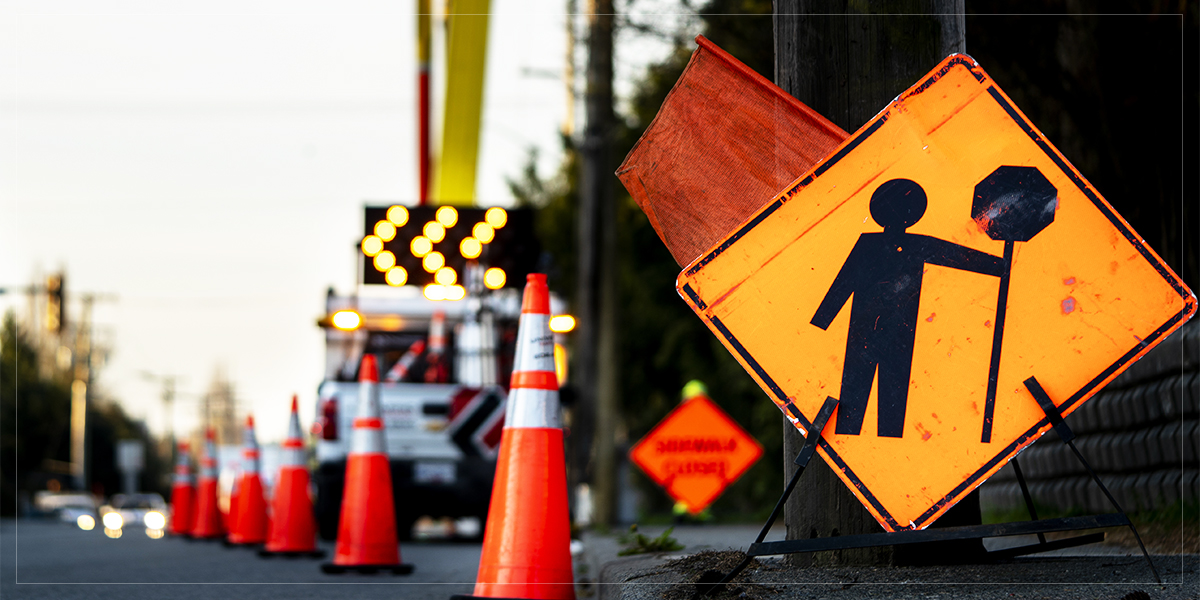Safety and efficiency – via altering at-risk worker behavior on highways

Interstate and road developments are loaded up with perils. Development workers and laborers themselves work in complex circumstances. Chances of injury alter in conditions without advance notice. Peruse this example to understand those risk situations.
At-risk behavior of the truck driver
A 25-year-old flagger, furnished in a full-intelligent vest, pants and a hard hat was occupied with coordinating traffic toward one side of the scaffold around evening time. To talk about the work zone, it was obviously set apart with cones and signs, in addition to the whole extension was enlightened with street lamps. The flagger remained convenient under floodlights in the contradicting roadway, to control the approaching traffic.
A pickup truck showed up from the other way, assessed around 70-80 mph, struck the flagger head-on, and conveyed him approx. 300 ft. With different awful wounds, he passed on the site.
His gamble conditions amplified, this truly intends that in work zones, regardless of whether laborers work with preventive measures, still, now, and then, they aren’t exclusively answerable for their own wellbeing.

‘At-risk behavior’ of one person, further leads to creating hazardous situations for many. Even though with safeguards embraced, the flagger had no control on the driving attributes of the rowdy transporter, notwithstanding the admonition signs ahead, and brought about his death toll.
While living through tumultuous periods of change, industries are now trying their hands-on many opportunities that will lead to a safer time. While putting their thinking caps on, they are becoming well-aware to –
- Their EHS and OHS and compliance efforts.
- Understanding and creating a cohesive structure that compiles individual efforts while dealing with safety
- Be aware of the strategies they have been using. What works and what doesn’t.
NIOSH reports that generally, around 20,000 development laborers are a part of roadway mishaps.
Also read – Road Safety via Design
In India in the financial year of 2018-19, an aggregate of 12,000 kilometers of public highways got built, the most noteworthy at any point till now. However, these parkways comprise 1.8% of the Indian street, they possess 40% of the traffic. Plus, more than 61,300 km length of road projects is in progress at present. This implies a lot of the labor force is associated with their development. They work in:
- Constricted work sites
- Inclement weather
- Low light
- Reduced visibility
- Vehicle congestion
Many of us have a habit of stumbling into streets, ignoring traffic lights that regularly bring about disgraceful mishaps.
Also, at whatever point you go on the streets, driving your vehicle, paying attention to your number one music, or in any event, conversing with a companion via telephone. Driving a bicycle, surging against the actual breeze, and making a street character out of yourself.
Do you imagine that you’re protected out there on the streets? Since, in such a case that you imagine that you are protected, we have news letting you know that you’re not and that being protected on the streets is something that can’t be accomplished effectively… one requires you to really focus, one must deal with his environmental factors, comprehend what’s going on near and post that, work on it.
Helping execute risky decisions
On an industrial front, the scenario differs. Industries are equally responsible to induce behavioral changes among their employees and road drivers.
Learners achieve a deep understanding of the content of the teaching material by virtue of the videos – as far as effectiveness, efficiency, and learning possibilities are concerned, benefits are greater. Education & awareness raising using animation are effective to a certain degree. While it holds the capacity to strike a chord quickly with the audience, it is sure that it can elicit a response from the audience.
Scenario and incident recreation via videos of road safety have a primary feature of inducing a high emotional activation (especially when they represent action scenes, like car crashes or any accidents).
These are then further modulated by voiceovers and co-occurring verbal explanations.
Striving for worker indulgence in the processes
Schooling and conducting change are prime; individuals on the streets ought to be made mindful of the work zones ahead, and they should pass through with path discipline and persistence. With steady signage and conventions, one can be conversant and confident enough to drive securely in any situation.
Investing in safety is crucial; be it in training, in PPE for the workers, etc. Provision for their basic amenities remains essential so that they do not get hassled in extreme conditions.
Given the dangers of roadside construction work, improved visibility and prevention can lead to safe maintenance of traffic, and for the workers, many potential hazards can be avoided.
With newer approaches, safety receives the attention it deserves!


